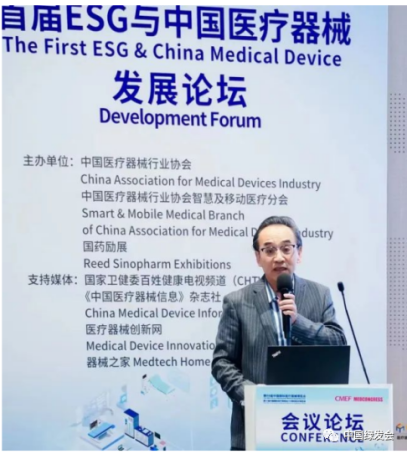Prof. John MK Wong: Underwater Cultural Relics Archaeological Work (1999)
Underwater archaeology has a long history, with the earliest recorded instance dating back to 1446 in Europe, where two ancient Roman ships were discovered in a lake near Rome. However, it wasn't until the 20th century that underwater archaeology gained significant attention. In 1900, a diving team in Italy found bronze and marble statues from 1000 BC at a depth of 180 feet. This was followed by discoveries in Tunisia in 1907 and Greece in 1928, including the famous bronze statues of a sea god and a "Youthful Jockey and Horse," which are now housed in the National Historical Museum of Greece.
The field truly began to take shape in the
1950s with the use of equipment like airbags to lift artifacts and underwater
photography to document them. In 1958, France introduced the baseline
measurement method, which allowed for the systematic recording of artifacts by
determining their relative positions on the seafloor. Today, underwater
archaeology employs advanced technology such as submarines, sonar systems,
underwater vehicles, GPS, and visual equipment.
Crediit: Prof. John MK Wong
Systematic research into underwater artifacts started in the 1960s, initiated by American writer, diver, and explorer Peter Throckmorton. His collaboration with George Bass, an archaeology professor, led to significant discoveries, including a 3000-year-old shipwreck off the coast of Turkey in 1962, which was the oldest known at the time. Their work expanded to Greece and Italy, revealing ships with well-preserved cargo and shipbuilding materials, providing invaluable insights into ancient maritime technology.
In Asia-Pacific, underwater archaeology
developed later, with Japan establishing its first team and China following in
1986 with its own underwater archaeological team. These efforts have laid the
foundation for modern underwater archaeology methods and have sparked interest
in the field, as seen in recent efforts to salvage artifacts in the waters of
Hong Kong's Chek Lap Kok.
Crediit:
Prof. John MK Wong
(Note: This article only represents
information and does not represent the platform's views.)
Original
Chinese Article: https://mp.weixin.qq.com/s/bias8yQMwAidy5QSRIla-w
Translator: Richard
Checked by: Maggie
Editor: Richard
Contact: v10@cbcgdf.org;
+8617319454776
Contribution
Do you know? We rely on crowd-funding and
donations. You have the opportunity to help an international movement to
advance biodiversity conservation. Donate TODAY to power up the movement to
make it a better world for all life.
Donation(501C3)Paypal: intl@wbag.org
https://www.paypal.com/donate?hosted_button_id=2EYYJJZ8CGPLE






Comments
Post a Comment